

Max Davies
2026 Kia Sportage SX 2.0D AWD review
1 Hour Ago
The Volkswagen brand's CEO says it will introduce 10 new electric vehicles by 2026. But what does this figure include?

News Editor


News Editor
Volkswagen will introduce 10 new electric vehicles by 2026 and will cease European production of combustion-powered vehicles by 2033.
Volkswagen Passenger Cars CEO and Volkswagen AG board member Thomas Schäfer announced these plans on a LinkedIn post as he celebrates 100 days in the top job.
While EVs will continue to proliferate in the Volkswagen line-up, he says the brand will focus on core models and will simplify its product range over the next 10 years.
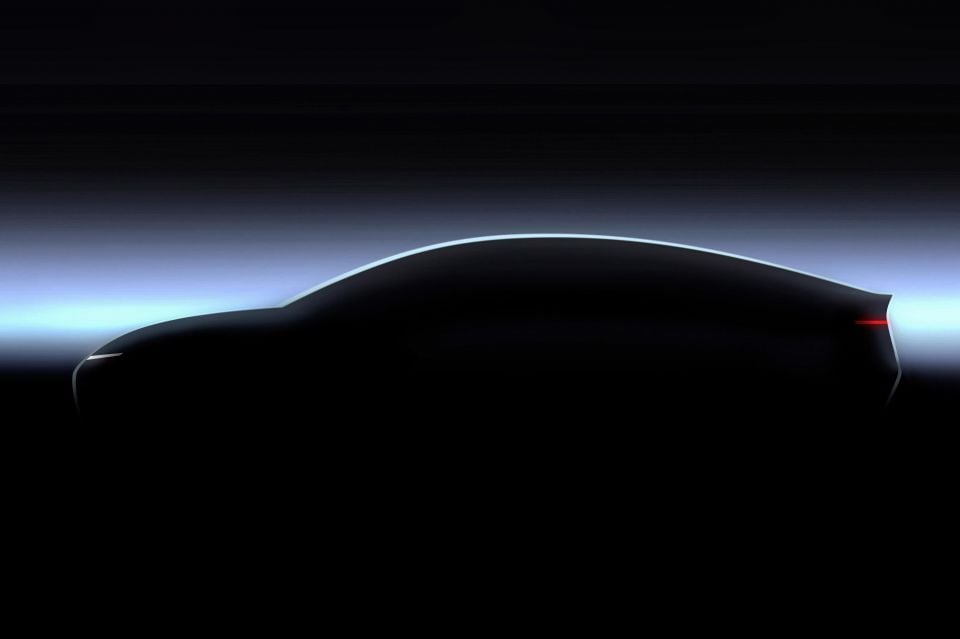
By 2030, he expects EVs to account for 70 per cent of Volkswagen sales in Europe.
“Volkswagen is going electric: VW will only be building electric cars in Europe from 2033 at the latest!” said Mr Schäfer in his LinkedIn post.
“Alongside this, we are stepping up our e-campaign, introducing ten new e-models by 2026.”
Volkswagen had previously said it would cease production of ICE vehicles in Europe by 2035.
While Volkswagen already has several electric vehicles in Europe, none have made the trip to Australia yet. That will change in late 2023 when the ID.4 and ID.5 electric crossovers touch down locally.
We don’t know the entire list of new EVs Volkswagen will introduce by 2026, but some have already been announced.

In his LinkedIn post, Mr Schäfer confirmed “our new entry-level e-car will come in two versions – as a small car and as a sporty crossover variant”.
These may be called ID.1, and ID.2 or ID.2 X, and will serve as electric counterparts to the Polo and T-Cross but use a dedicated EV architecture being referred to as MEB Entry.
While Volkswagen previewed an upcoming electric light hatch with last year’s ID. Life concept, a subsequent teaser shows a decidedly different-looking vehicle that’s stylistically more in line with the ID.3 hatch.
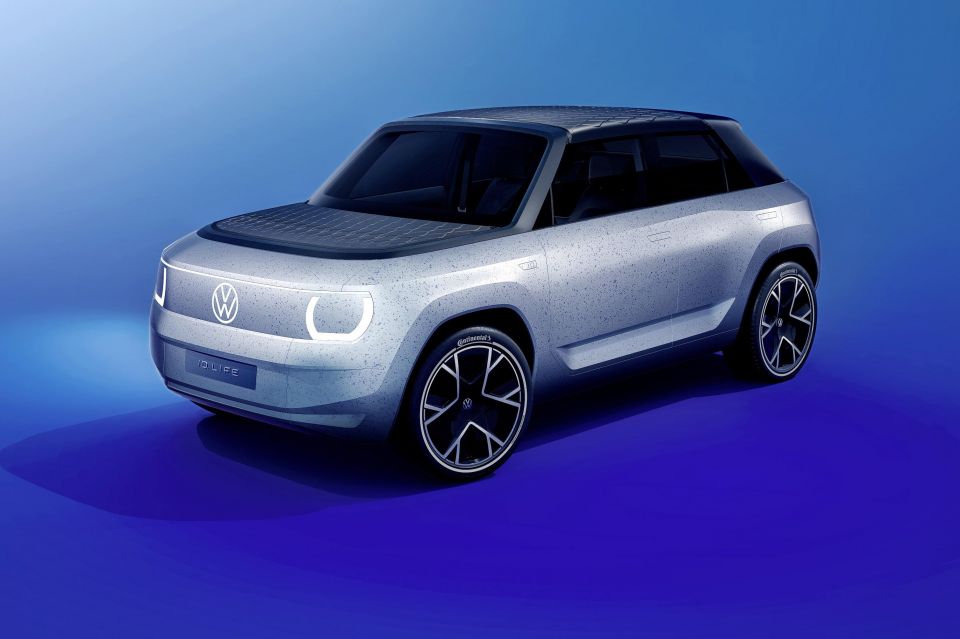

The entry-level VWs will enter production in Spain alongside a production version of the Cupra UrbanRebel and an upcoming Skoda, possibly called the Elroq.
In revealing its ID. Life concept last year, the Volkswagen brand spoke of a starting price equivalent to $30,000.
The Volkswagen Group is “mobilising” a €10 billion (A$14.83bn) investment in Spain, establishing a battery Gigafactory in Sagunto, retooling the Martorell and Pamplona plants to support EV production, and creating a supplier ecosystem.
Cupra CEO Wayne Griffiths said late last year the aim is to produce more than 500,000 urban electric cars per year in the Martorell factory for the different Group brands.
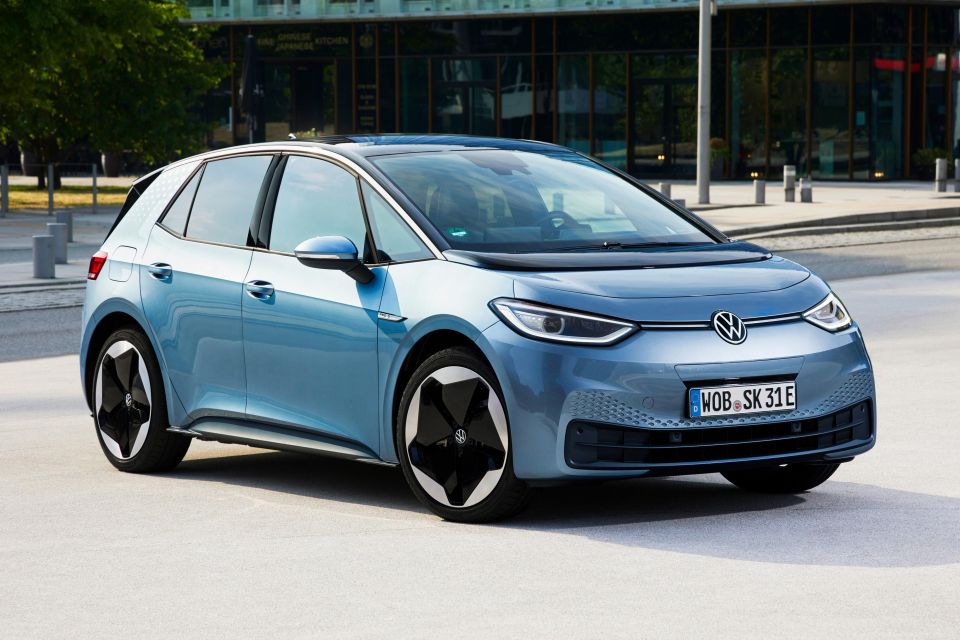
It’s expected Volkswagen’s 10-by-2026 figure includes updates of existing models.
Volkswagen has confirmed it will launch a facelifted ID.3 in 2023, and this is the version we’ll finally see on Australian shores.
“We’ve listened very carefully to the ID.3 community, and we’re bringing forward the facelift of our first MEB [platform] model to 2023,” said Mr Schäfer.


“The new Volkswagen ID 3 is taking a significant and noticeable leap forward in terms of quality, materials and system stability.”
The remark about system stability appears to be a nod to the well-publicised software issues that plagued the ID.3. Indeed, Volkswagen’s Cariad software division continues to struggle, and has been responsible for the delays of upcoming products like the Porsche Macan EV.
The ID.3 could also gain push-button steering wheel controls, with Mr Schäfer announcing Volkswagen was dropping its controversial touch-capacitive steering controls.

Mr Schäfer says Volkswagen is “looking into creating a compact SUV based on the ID.3”, and this could reportedly wear the ID.3 X nameplate as Volkswagen realigns its naming structure.
Moving forward, Volkswagen will reportedly use the X suffix to distinguish its SUV models; the company is also weighing how to balance its legacy names with its increasingly recognised ID. nameplates.
While it isn’t expected to look like the ID.3, it will be similar in size. The relationship between the two models will therefore be similar to that of the combustion-powered Golf and T-Roc.

Volkswagen announced earlier this year it would build its new Trinity EV at a new factory in Wolfsburg, Germany, with plant construction to commence in 2023 and vehicles to roll off the production line in 2026.
The company has released only a single shadowy teaser of the model, which features a sleek, fastback silhouette. While thought to be a flagship for the brand, Autocar reports it will instead serve as a Tesla Model 3 rival and may wear the ID.4 name as Volkswagen delineates its SUVs with the ‘X’ suffix.
Trinity is being used as a test bed for new development and manufacturing processes, which will gradually be filtered elsewhere.
At the start of production, Volkswagen aims to produce a Trinity every 10 hours. Volkswagen says it’ll reach these targets by having fewer components, more automation, leaner production lines and new logistic concepts. It’ll also offer a limited number of Trinity variants to reduce production complexity.

Volkswagen will start production of a new large electric sedan in 2023, both in Germany and in China.
Revealed earlier this year in concept guise, the sedan measures 5m long – 225mm longer than the defunct Passat sedan – and has a drag coefficient of just 0.23.
It shares its MEB architecture with the likes of the ID.3 and ID.4, and the production model could be called the ID.7.
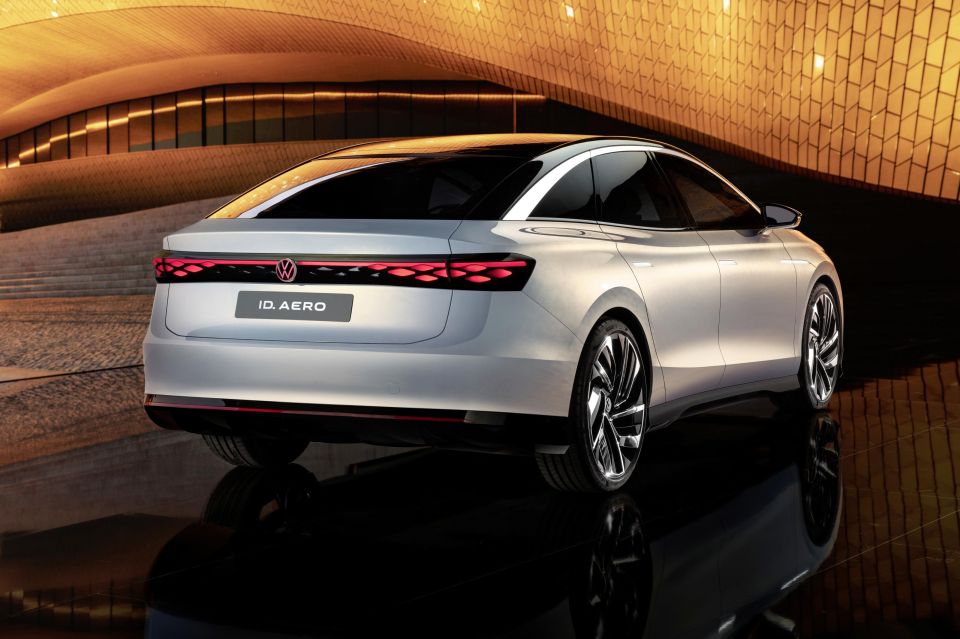
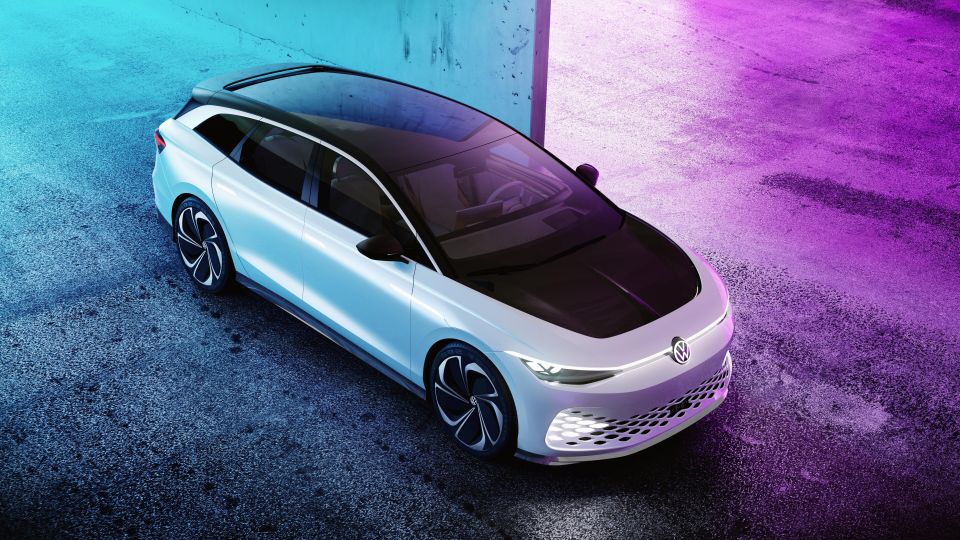
Underneath the concept’s cabin sits a 77kWh lithium-ion battery, and Volkswagen says the ID. Aero will have up to 620km of range on the stricter WLTP cycle, making it the longest-range Volkswagen-branded EV yet.
Volkswagen had previously previewed a large electric sedan with the 2018 ID. Vizzion, which preceded a wagon concept in 2019 called the ID. Space Vizzion.
It’s unclear whether a wagon version of the ID. Aero is forthcoming to complement the next-generation combustion-powered Passat, which is expected to be offered solely as a wagon.
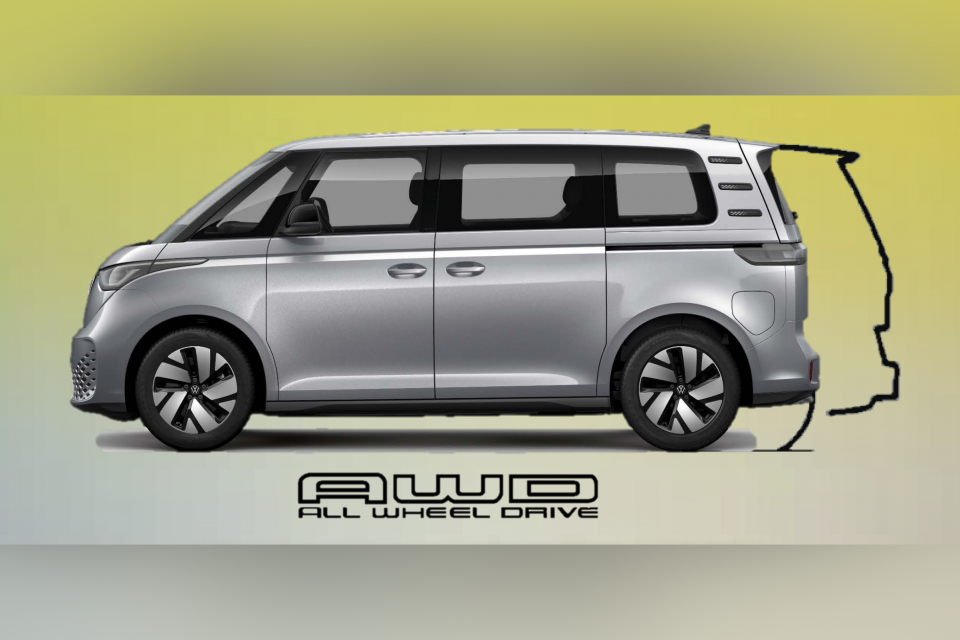
While not a new nameplate, Volkswagen will expand its ID. Buzz range with key new variants.
The German carmaker revealed some initial images of the long-wheelbase ID. Buzz and the seven-seat short-wheelbase variant as part of a recent investor presentation.
It also teased the upcoming, high-performance ID. Buzz GTX, which was confirmed to be in the works back in June this year. Volkswagen will offer sporty GTX versions of all its ID. models.
To date, all versions of the ID. Buzz people mover and ID. Buzz Cargo van have only been available in short-wheelbase form with a 150kW/310Nm rear-mounted electric motor.
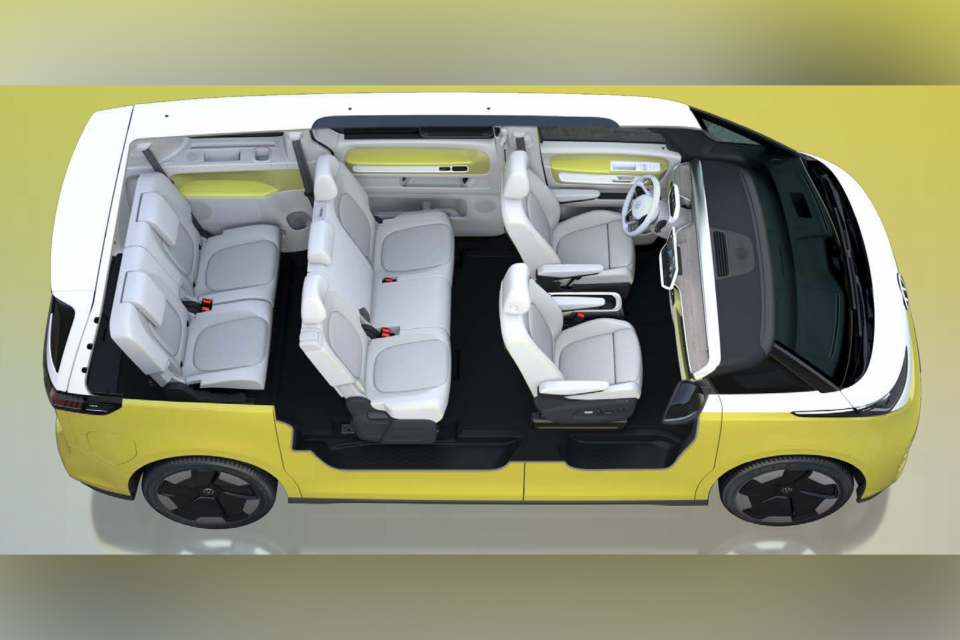
This single-motor rear-wheel drive powertrain is used in certain variants of the Volkswagen ID.3, ID.4, and ID.5, Cupra Born, Audi Q4 e-tron, and Skoda Enyaq iV.
It’s unclear if this long-wheelbase all-wheel drive ID. Buzz variant will share the same dual-motor all-wheel drive powertrain with the ID.4 Pro 4Motion with 195kW, or the sporty ID. 4 GTX 4Motion with 220kW, or something else entirely.
This long-wheelbase Volkswagen ID. Buzz will be be first model the North American market receives, with it expected to launch sometime in 2024. We’ll also likely be waiting until that time to see the ID. Buzz in Australia, though what the local line-up will look like is unclear.
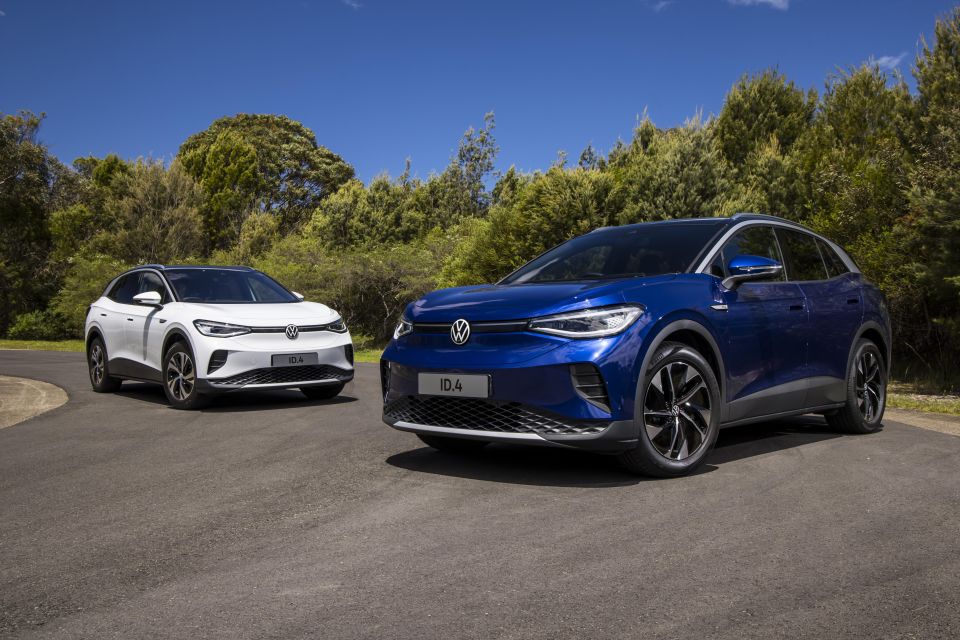
The Volkswagen ID.4 and ID.5 crossovers will be due for a facelift over the next few years like their ID.3 stablemate. They’re finally set to come to Australia before the end of 2023.
The ID.4 entered production in 2020 and the ID.5 followed in 2022, which by traditional lifecycles would mean they’ll receive a mid-life update sometime before 2026.
Former Volkswagen Group CEO Herbert Diess confirmed last year the company’s namesake brand will offer a large crossover called the ID.8, sized similarly to the Mazda CX-9-rivalling Atlas/Teramont.
There has been no further information released about this vehicle, and prototypes have yet to be spied testing.
Currently, the brand’s largest electric SUV is the ID.6, a three-row crossover on the MEB architecture that’s offered only in China.
Where expert car reviews meet expert car buying – CarExpert gives you trusted advice, personalised service and real savings on your next new car.
William Stopford is an automotive journalist with a passion for mainstream cars, automotive history and overseas auto markets.


Max Davies
1 Hour Ago


CarExpert.com.au
1 Hour Ago
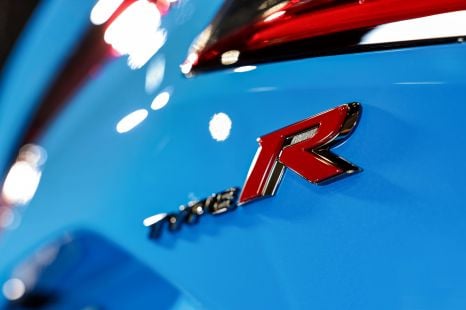

Damion Smy
12 Hours Ago


Damion Smy
14 Hours Ago


Damion Smy
16 Hours Ago


Matt Robinson
18 Hours Ago